How Cold Can Cats Survive Outside? (The Honest Answer)
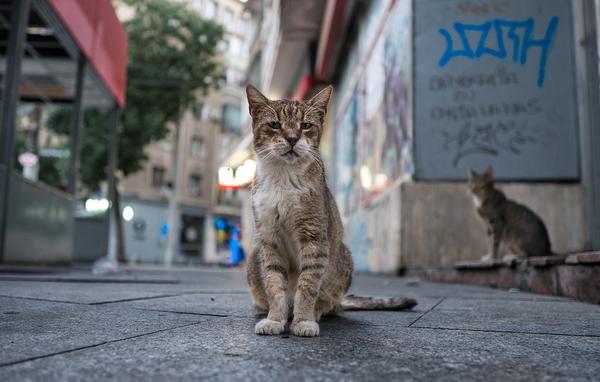
Freezing temperatures.
Snow-covered ground.
Chilly wind that cuts through your bones.
You can't help but worry about your beloved feline friend navigating these frigid conditions.
Are you fretting over how cold it can get outside for cats?
Just imagine:
Your poor kitty shivering, desperately seeking warmth, their little paws frozen numb.
Yeah, that's every cat owner's worst nightmare.
But fear not, because we're about to dive into the fascinating world of cats and cold weather.
Let's find out just how low they can go. 🐱
Shall we?
How Cold Is Too Cold for Cats?
Can cats handle the cold?
Do you ever worry about your furry friends when it gets cold outside?
After all, they don’t have cozy sweaters and winter boots like we do. So, how cold is too cold for cats?
Well, that depends on a few things.
Keep indoor cats warm
If your cat stays indoors, you might want to think twice before allowing them outside when it's below 45 degrees Fahrenheit.
Kittens, elderly cats, and those with health issues are particularly vulnerable to the cold because they aren't used to frigid temperatures.
Outdoor cats are hardy but still need protection
Now, if your cat explores the great outdoors, they're likely more resilient to the cold than indoor cats. However, even tough cats have limits.
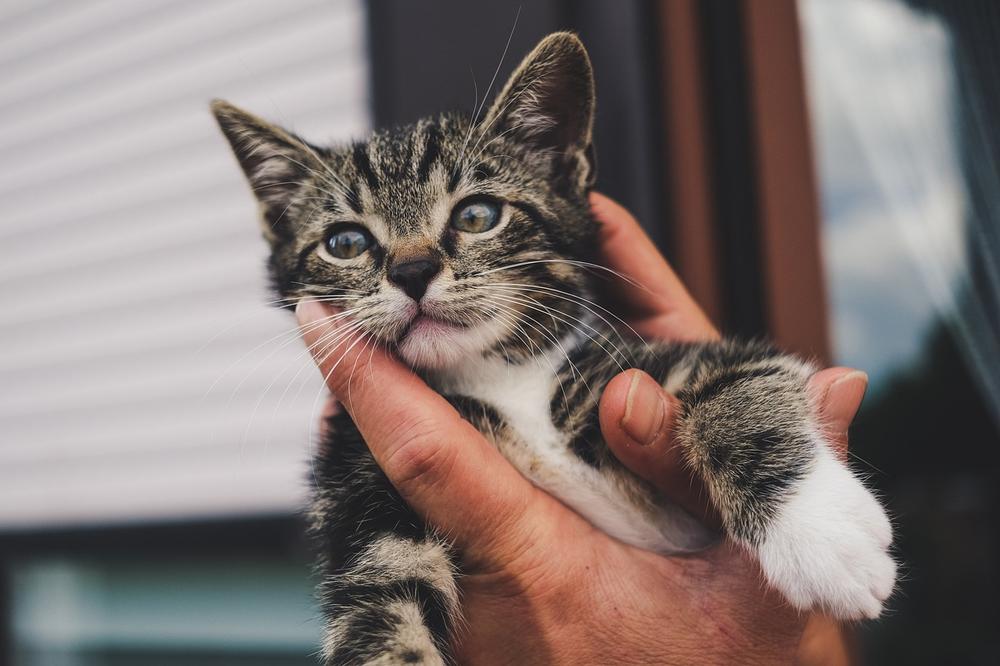
When the temperature drops below 32 degrees Fahrenheit, frostbite and hypothermia become real dangers.
To help protect your cat from the cold, gradually introduce them to lower temperatures over time so they can develop tolerance.
Also, remember to provide warm shelter for them during cold weather, regardless of whether they stay inside or go outside.
So, now you know what signs to watch out for when it's freezing outside. Make sure to keep your cats safe and comfortable by keeping them indoors when it’s cold and providing them with cozy spots outside.
Main points I'll expand upon further down this article:
- Cats are more sensitive to cold temperatures than humans and dogs.
- Kittens and senior cats are more susceptible to cold stress.
- Frostbite and hypothermia can occur below 32 degrees Fahrenheit.
- The degree of cold a cat can tolerate depends on factors like fur thickness and body mass.
- Older cats with larger body masses retain heat better.
- Cats age quickly, with their first two years equivalent to 25 human years.
- Signs of cold stress in cats include shivering, lethargy, reduced appetite, decrease in body temperature, frostbite, and hypothermia.
- Providing warm shelters and monitoring time spent outdoors is crucial for outdoor cats' well-being.
- Cats with health conditions may struggle to regulate body temperature.
- Subzero temperatures can be life-threatening for cats.
But here's something you may still be wondering...
What factors contribute to a cat's ability to tolerate the cold?
Let me dive into that for you and uncover some fascinating insights!
Factors That Can Affect a Cat’s Ability to Tolerate Cold Temperatures
Here's a breakdown of how cold weather affects cats, broken down into 12 points:
- Different cat breeds have varying levels of fur thickness.
- Thick fur offers better protection from the cold.
- Cats are more sensitive to cold than humans and dogs.
- A normal cat's body temperature ranges between 100-102.5 degrees Fahrenheit.
- Kittens and older cats are particularly vulnerable to the cold.
- Cats with thick fur can handle the cold better.
- Frostbite and hypothermia can affect a cat's paw pads, ears, and tail.
- Temperatures below freezing (32 degrees Fahrenheit) increase the risk of cold-related injuries.
- A cat's ability to tolerate the cold depends on the thickness of their fur and their body mass.
- Older cats retain heat better due to their larger bodies.
- It's important for cat owners to be aware of how cold temperatures can impact their cat's health.
- Cats age faster than humans do; their first two years are equivalent to 25 human years.
Bonus tip...
Distinguishing between owned and feral cats is crucial.
You should use collars and tags to identify owned cats.
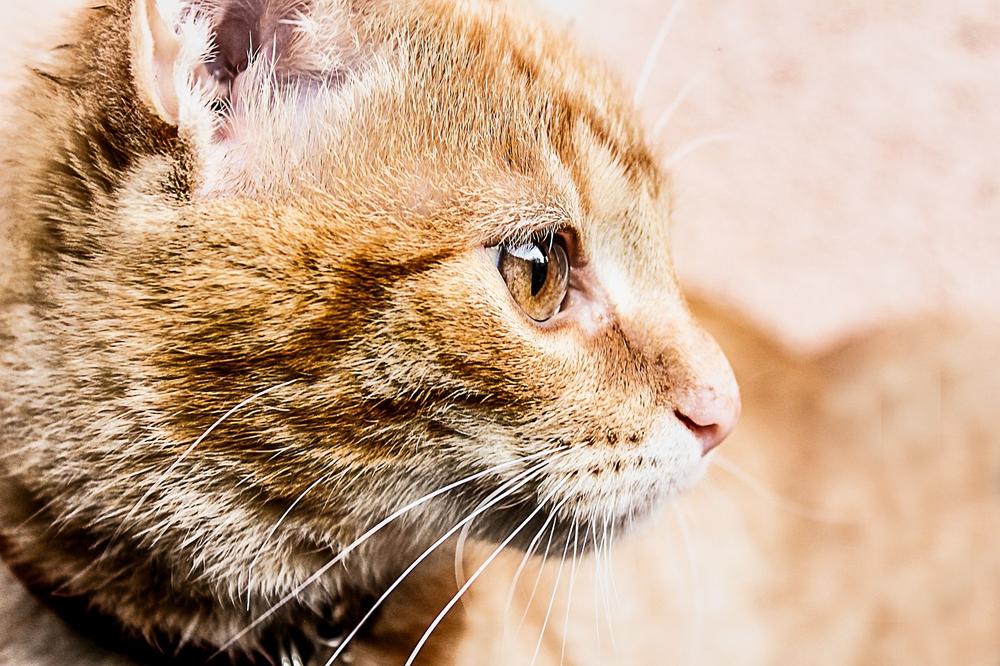
Stray cats find their own shelter, while feral cats adapt to outdoor living.
Domesticated cats may rely on humans for shelter. 😺
Now, you might be wondering how to spot these signs of cold stress in your cat and what you can do to help them.
Well, let me fill you in on the warning signs and provide some essential tips for keeping your feline friend safe and warm in chilly temperatures...
Signs of Cold Stress in Cats
Here's how you can tell if your cat is feeling cold:
- If they're shivering, it means they're trying to warm up in chilly weather.
- Cold temps can make cats sluggish and less lively than usual.
- They might eat less when they're feeling cold or cozy.
- Your cat's body temperature could drop due to cold stress.
- There's a chance they can get frostbite on certain areas of their skin, which may need antibiotics to prevent infection.
- Extreme cold can cause hypothermia in cats, with signs like shivering, weakness, and shallow breathing.
If you see any of these signs, take steps to keep your cat safe:
- Get them checked out by a local vet or rescue if they seem hurt or distressed.
- Monitor their response to the temperatures and let them come inside when they appear uncomfortable.
- Be patient and caring towards post-surgery cats who might show shyness, irritability, or lethargy.
And if you're wondering why your cat's nose feels cold, I've got you covered.
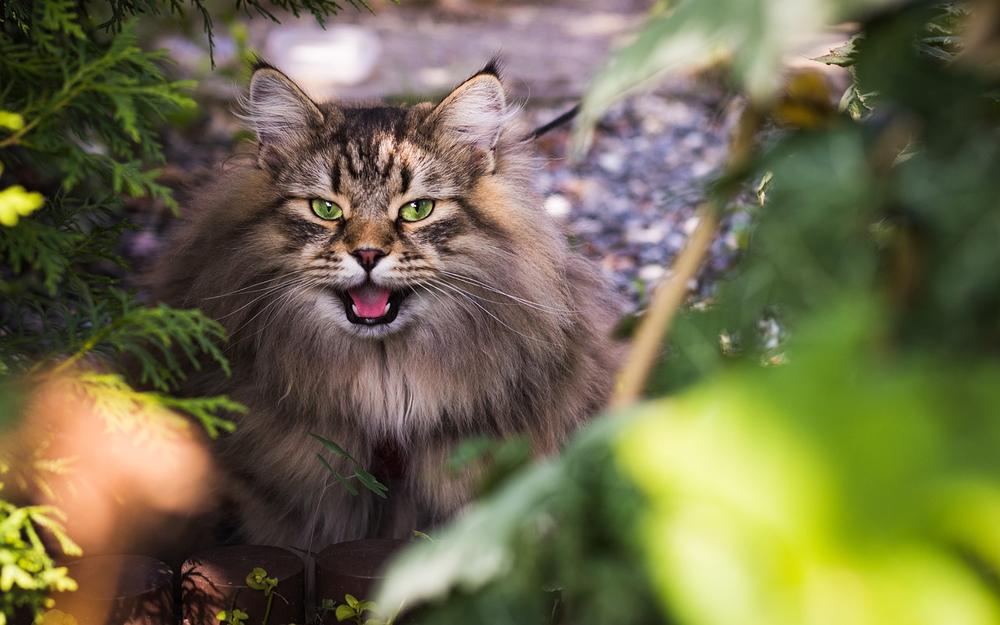
In my article titled Why Is My Cats Nose Cold, I explore this topic in detail.
I highly recommend checking it out to satisfy your curiosity and learn more about what's normal for your feline friend.
How to Keep Cats Warm in Cold Temperatures
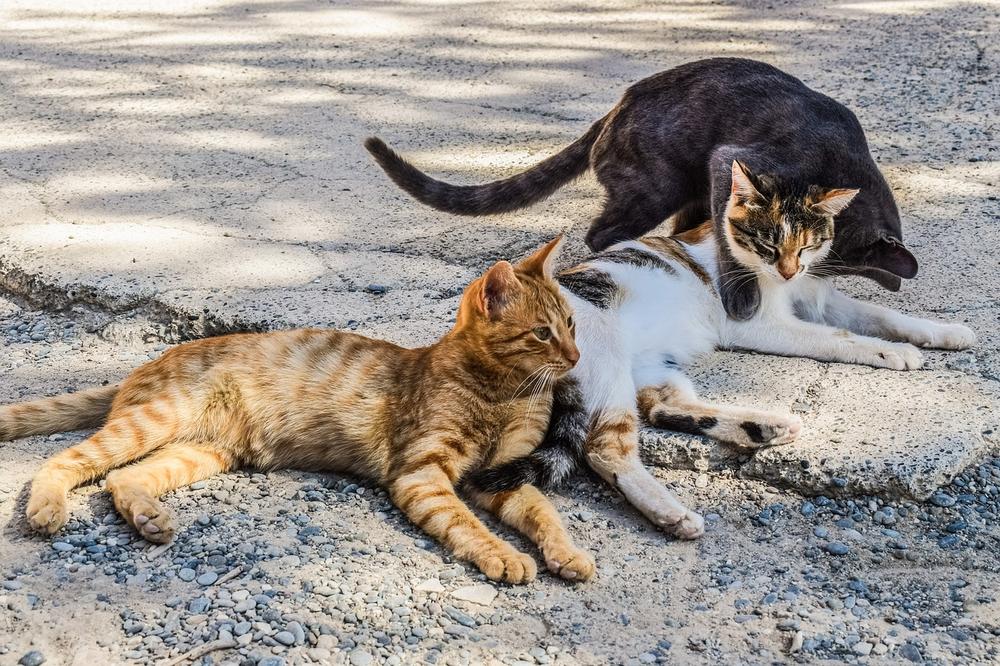
To keep your cats warm in the cold, here are some ideas:
- Give outdoor cats warm shelters. It's vital for their well-being in the cold.
- Make sure they have access to insulated spaces like doghouses with blankets or straw. This protects them from the freezing temps.
- Keep the temperature between 80 and 50 degrees Fahrenheit during freezing winters. You need this range to keep the cats cozy.
- Keep an eye on their outdoor time and always provide shelter. This is especially important if they have health issues regulating their body temperature.
- Add extra warmth with outdoor heating pads.
- Check their water to ensure it's not frozen and increase their food intake to help them stay warm.
- Bring lost or stray cats indoors or give them shelters. Maybe you can find their owners and return them home.
- If no owner is found, consider taking them to an animal shelter or rescue facility.
- Inside, provide your cats with cozy blankets or beds to keep them warm.
- Use self-warming beds and pet-specific heating pads for their comfort.
- Adjust the thermostat to maintain a warm environment for your furry friends.
You can ensure your cats stay warm and cozy when the weather gets cold by adhering to these suggestions.
How Long Can Cats Survive in Cold Weather?
The number of stray cats in America is mind-boggling, estimated to range from 35 to 75 million.
However, whether a cat can brave the cold weather depends on several factors.
These include age, fitness, access to shelter and resources, and adaptability to outdoor conditions.
Before bringing a feline companion into your cozy abode, it's vital to grasp their potential lifespan. Cats are mysterious creatures that require understanding and care for a fulfilling life together.
Consider these elements before opening your home and heart to a whiskered friend.
With knowledge comes responsibility - make an informed choice.
Can Cats Freeze to Death?
Yes, cats can freeze to death.
It's no joke.
Picture this:
A freezing cold day with temperatures well below zero.
Meow!
Your poor cat is outside, shivering uncontrollably in the snow.
That's dangerous!
Extreme cold weather poses a serious threat to your furry friend. Frostbite and hypothermia are real risks. And if left exposed for too long without adequate shelter, it could lead to dire consequences—even death.
So what can you do?
First things first, provide proper shelter for your beloved feline when the temperature drops.
An insulated outdoor cat house or a warm, cozy bed indoors will make all the difference.
Moreover, be vigilant about monitoring the weather forecast.
If you anticipate extreme cold, keep your cat inside.
Don't let them brave the cold alone.
Cats rely on us to protect them from harsh conditions.
When it comes to frigid temperatures, their wellbeing and survival depend on your actions.
And that wraps up today's article.
If you wish to read more of my useful articles, I recommend you check out some of these: How to Keep Cats Cool in Summer Without Ac, How Long Can a Cat Go Without Water, What Happens if Your Cat Eats or Licks Toothpaste, Can I Have a Vet Over to My House, and What to Feed Feral Cats in Winter
Talk soon,
-Sarah Davis